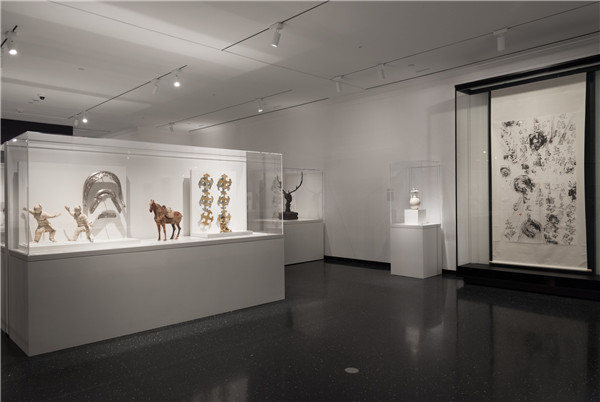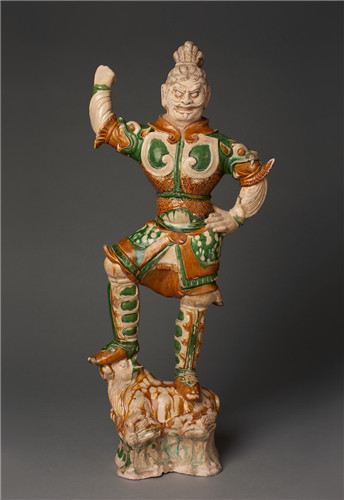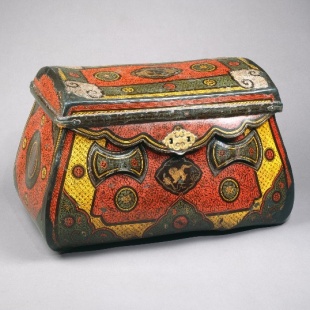Sights, sounds and scents from a sparkling thread


Throughout Chinese history, artists and artisans have constantly looked beyond borders and into the past. Very often the same prototype was adopted to serve different purposes. While a bronze brazier from the Han Dynasty was used to warm wine, a celadon-colored ceramic tripod clearly modeled on the ancient bronze is most likely to have appeared on an altar, as an incense burner.
Antiquarianism is a tradition, a sentiment, an undercurrent to aesthetical development, and an often-overlooked force for Chinese culture's constant self-reinvention.
In 2013, with the financial support from the City of New York, the Brooklyn Museum tore out the old galleries for arts of Asian and the Islamic World. What followed was not only the laying of ducts and vents and the introduction of climate control, but also the extensive research and conservation work of the museum's China and Japan collection, a large part of which is now more ready than ever to greet the public.
The China Gallery ended at one side on a 12th-to-13th-century lacquered leather trunk used by what the wall texts identify as "a discerning elite world traveler on the ancient Silk Road".
The decorative techniques used here are called "engraved gold" and "engraved color", in which gold leaf, powder or pigmented lacquer is placed in lines embedded in the lacquer ground. The same method was widely adopted in making Islamic book covers.

While the multiple design motifs relate to silk textiles from Central Asia, the central medallion depicts a dancing lion ubiquitous in the visual culture of ancient China.
Under the front of the lid is a line of Chinese inscription that means "Made by the Ou family of Wenzhou, Xinhe Street, Anning Ward". Wenzhou, in Zhejiang province, has been a center of lacquer production since the 10th century. From the mid-14th century superbly made Chinese lacquers like this were exported in large quantity to Egypt, eastern Iran and Central Asia.
Brooklyn Museum's China story is deeply embedded in the narrative tableau of global exchanges, cultural and commercial.
And in very much the same way the gold lines were set off by the red and black background, this China story is being accentuated and completed by many other stories that are just as relevant, but that have rarely been fully understood.





































